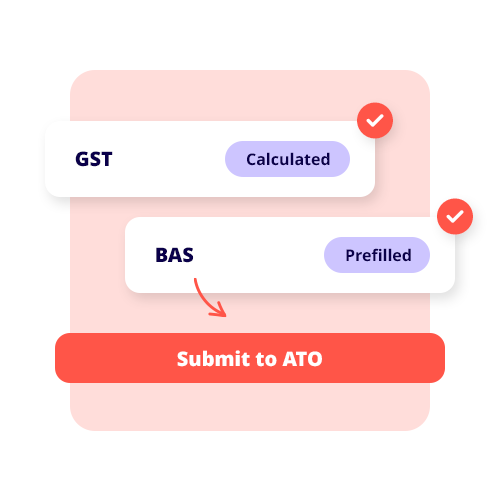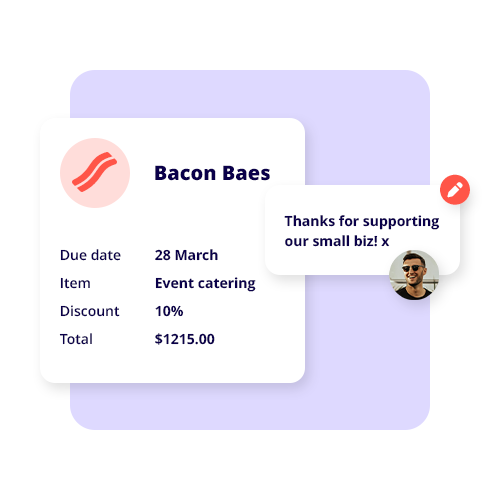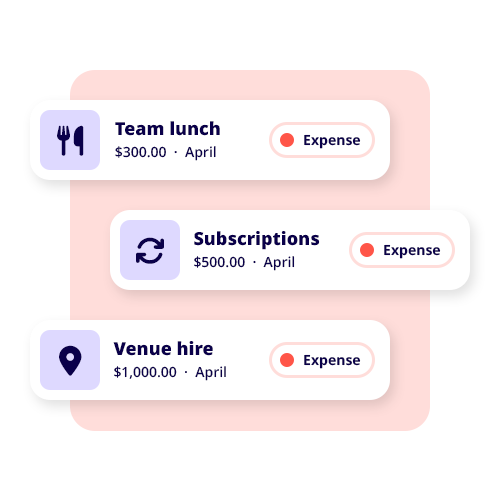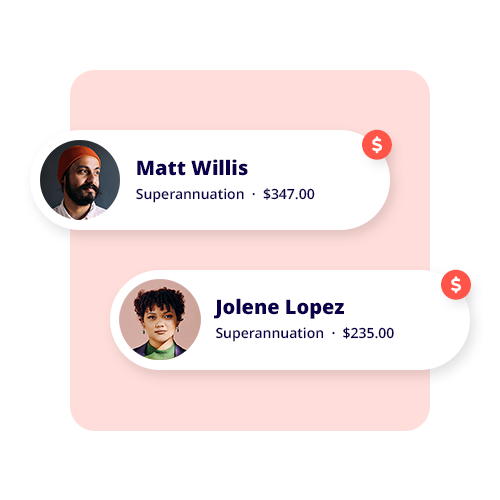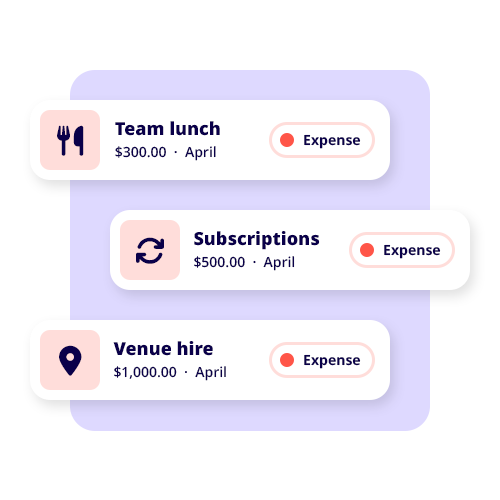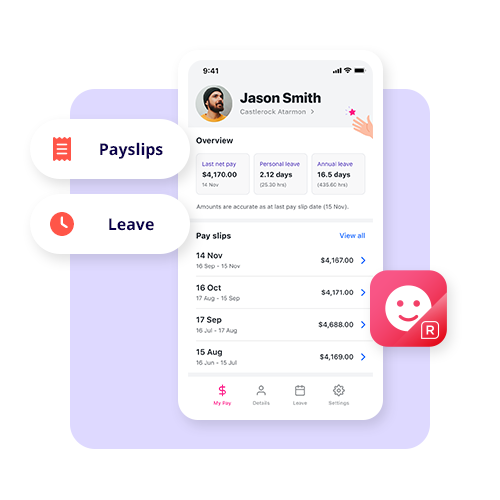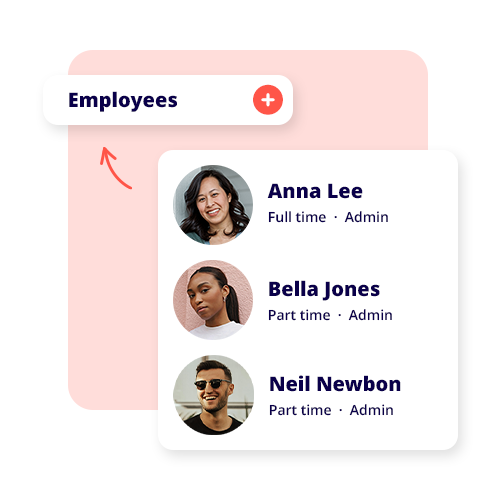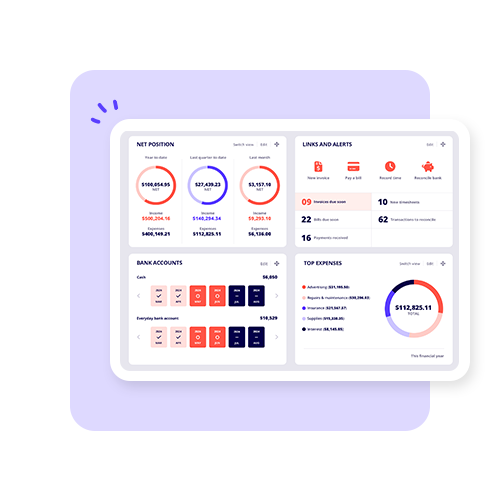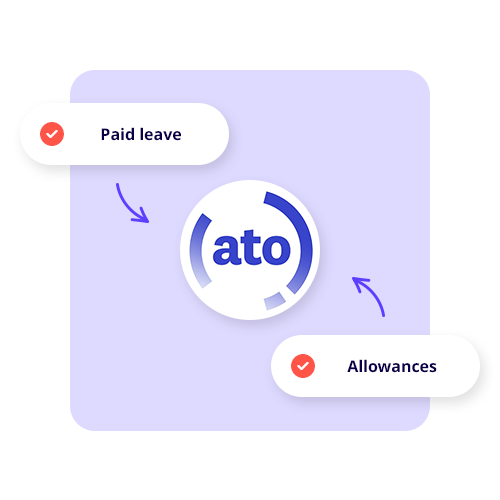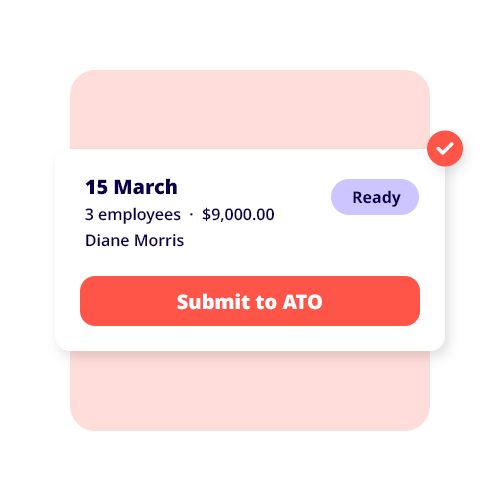If your not-for-profit wants to receive tax-deductible gifts, getting a deductible gift recipient (DGR) endorsement is a must. Having this deductible gift recipient status means donors can claim a tax deduction for eligible donations and contributions on their donor’s income tax return. The result? The potential to unlock new funding streams and help scale up your impact – but there are rules and plenty of paperwork to get it right.
DGR in Australia: Who does what?
Two agencies are part of the process. There’s the Australian Charities and Not-for-profits Commission (ACNC) which registers charities, as well as the Australian Taxation Office (ATO) which handles all the DGR endorsement stuff under tax law.
You’ll most likely apply for both in one go (more on that below), but not all charities are eligible for DGR endorsement. Some organisations are endorsed as a deductible gift recipient in their own right, while others are only DGR for a fund, authority, or institution they operate – meaning tax benefits like tax deductible gifts apply only to that sub-entity.
There are lots of DGR categories to wrap your head around (set out in Division 30 of the Income Tax Assessment Act 1997) and each one has specific criteria. Some categories require a public fund, whereas others recognise an institution (e.g. a public benevolent institution). In more exceptional cases, an entity can be specifically listed by name in tax law (via Parliament) rather than endorsed under a category – but this likely won’t be relevant to you.
Assessment for certain DGR categories – including cultural organisations, environmental organisations, harm-prevention charities and developing-country relief funds – is overseen by the ATO, so always check for the latest info online.
Why DGR status matters – and when you need it
When you’re DGR-endorsed, you can receive gifts of money or property that are tax deductible to the donor. That includes things like major gifts, workplace giving, bequests and grant programs that need gift recipients to be DGRs. It also helps with your receipts and fundraising messaging. Without DGR, donors can’t claim a deduction for gifts to you in most cases.
Remember that ‘gift’ has a very definitive meaning under tax law. Payments where the supporter earns a material benefit (e.g. a gala dinner seat) might be a ‘contribution’ with different rules – or simply not deductible at all.
Whole-of-entity versus fund-only endorsement
Your charity can be endorsed as a DGR entity, where the organisation is DGR-endorsed as a whole, or for a fund, authority or institution – but only gifts to that particular sub-entity are deductible.
If you’re endorsed as a fund-only, make sure your appeals and receipts are crystal-clear about which fund the donation is going to.
Are you eligible for DGR?
Most applicants first have to be a registered charity with the ACNC. Only then can you seek out deductible gift recipient endorsement from the ATO. There are limited exceptions like ancillary funds and certain government organisations. You’ll also need an Australian Business Number (ABN) and a governing document.
Some DGR categories require you to set up a public fund with its own rules and responsible persons. Lots of them also expect you to pass one of three tests (your DGR activity has to be the main thing you do) and have winding-up clauses about surplus assets.
DGR application essentials
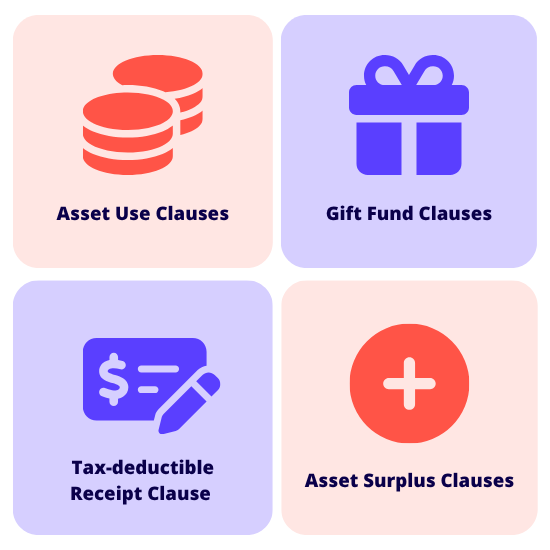
- Limit the use of money, property and other assets to your stated purposes.
- Establish a gift fund (where required) that states how the fund will receive gifts (and only gift-related money) for your principal purpose.
- Require receipts for tax-deductible gifts to show your full legal name, ABN, that the amount is a gift, etc.
- Funnel any surplus assets of the gift fund – if your DGR status is revoked or the fund is wound up – to another deductible gift recipient with similar purposes.
How to apply
If you’re already an ACNC-registered charity
You can apply directly to the Australian Tax Office for DGR endorsement using the application form. You’ll nominate your DGR category, supply your ABN, governing rules, and the date you want your DGR status to start.
If you’re not yet a registered charity
First you’ll need to apply to the ACNC to be a charity and tick the box to also try for deductible gift recipient endorsement. The ACNC will process your charity registration and then pass the DGR request to the ATO if you’re successful. You’ll still need to pick the DGR category and tell them whether you want entity-wide or fund, authority or institution endorsement, as well as provide your gift fund clauses.
If you think you should be specifically listed
In very exceptional circumstances, an entity can be listed as a deductible gift recipient in the legislation. It’s highly uncommon, not to mention incredibly time-consuming and outside the standard process. Know that Treasury oversees these listings, so for most organisations the standard DGR categories will make far more sense.
What to include in the form
Have your ABN ready, an up-to-date governing document with gift fund and surplus assets clauses, your preferred DGR category (and item number from the ATO’s DGR table), as well as the start date for endorsement. Be explicit about whether you’re looking for endorsement for the organisation or a fund, authority or institution it operates.
Snags that can easily derail applications include missing public fund requirements, claiming a category that doesn’t match your activities, forgetting the revoked/wound-up clause, or issuing receipts that don’t say ‘gift’ and show your ABN.
After you’re endorsed
Endorsement isn’t a set-and-forget. On the contrary, you’ll need to keep meeting all the eligibility tests, uphold any required public fund, and use gift monies only for the stated principal purpose. If your model ever changes – say, you create a new fund or pivot programs – you’ll need to re-check your DGR category immediately. Here’s what will help you stay compliant:
- Receipts: Issue compliant receipts for tax deductible gifts and keep strong records.
- Web and forms: State you’re endorsed as a deductible gift recipient and from what date.
- ABN Lookup: Supporters can verify your DGR status under your ABN. You can check it anytime, too.
- Compliance: If your DGR status is revoked or the gift fund is wound up, you’ll need to transfer all surplus assets to another deductible gift recipient as your rules require.
Whatever your situation, always jump onto the ATO website to see all the latest rules, application instructions, links to the DGR table, and more. If you’re not sure whether you’re even eligible for DGR endorsement, doing a quick pre-assessment with your accountant or tax advisor can save you weeks of headaches.


























